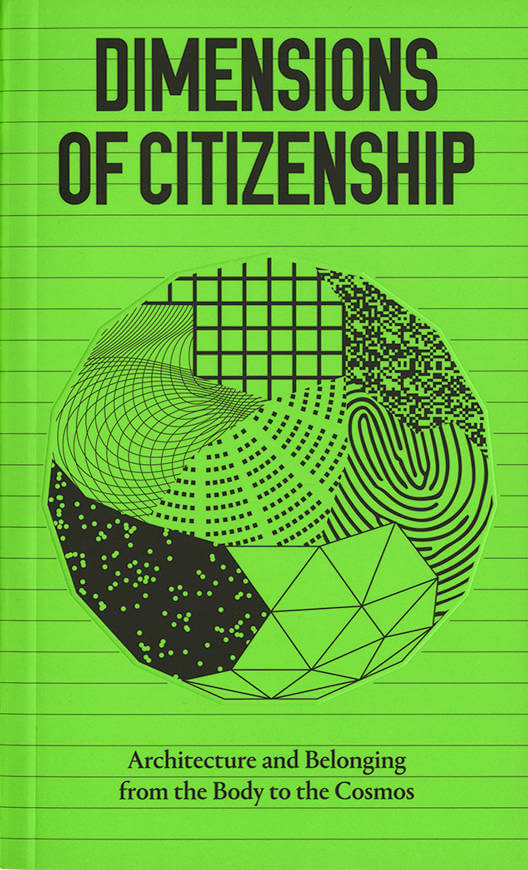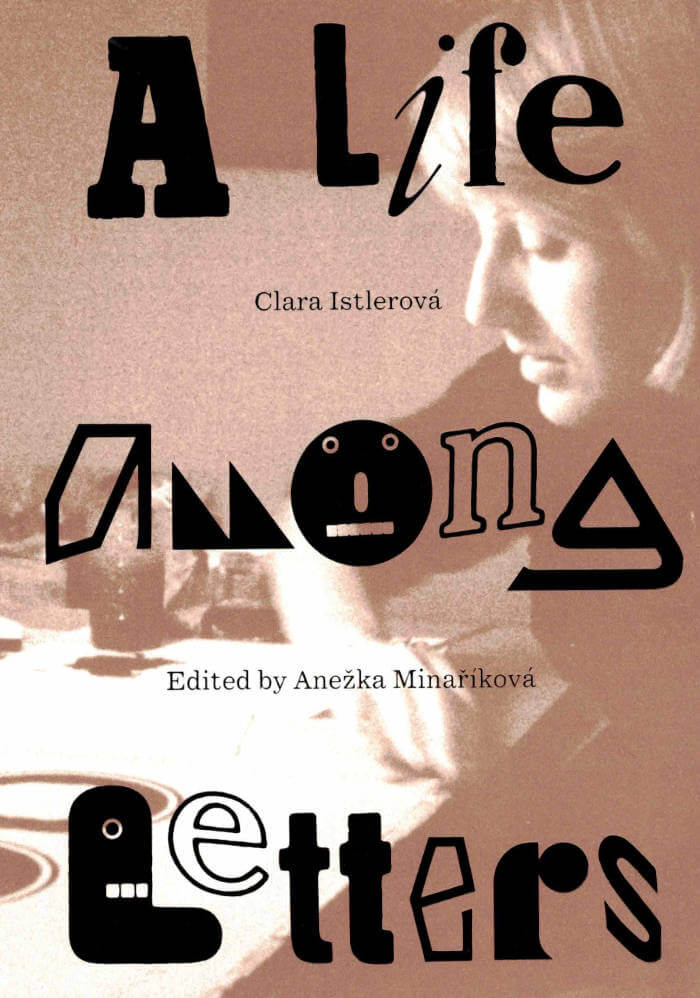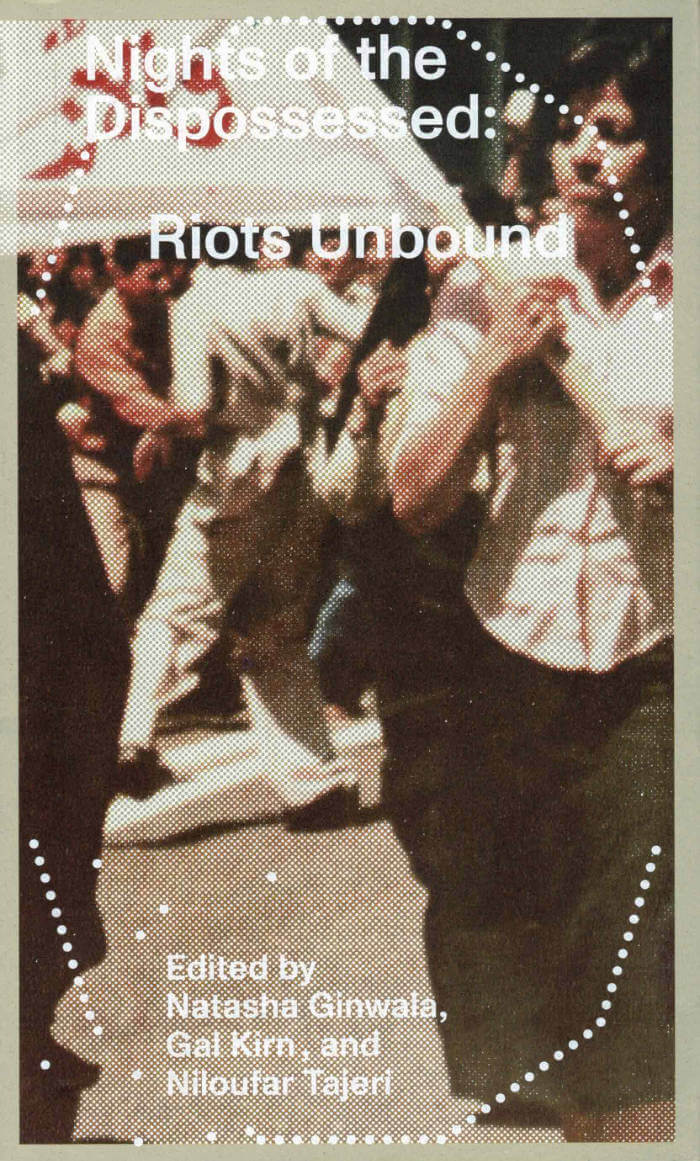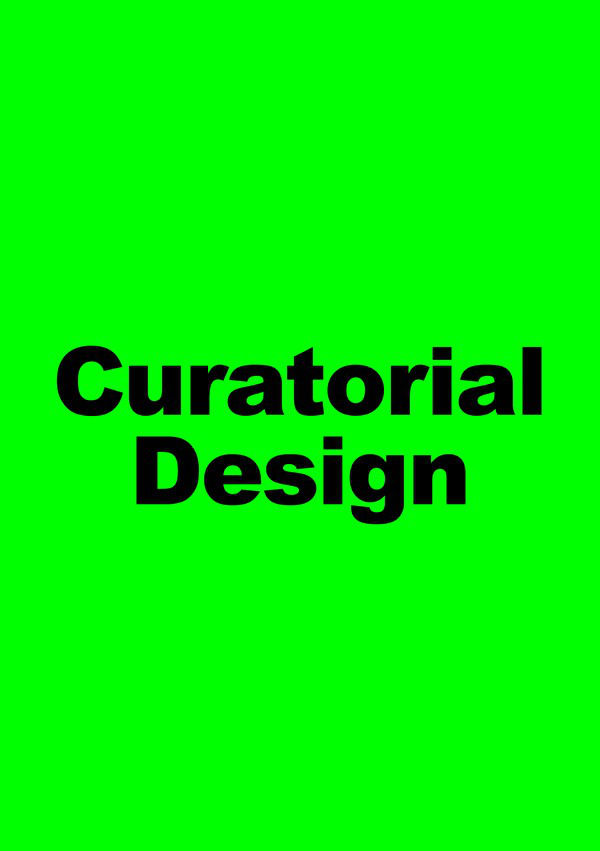
Dimensions of Citizenship
US Pavilion, Venice Architecture Biennale 2018
Globalization, technology, and politics have altered the definition and expectations of citizenship and the right to place. Dimensions of Citizenship documents contributions from the seven firms selected to represent the United States in the 2018 Venice Architecture Biennale. This paperback volume profiles and illustrates each of the US Pavilion contributions and contextualizes them in terms of scale.
Drawing inspiration from the Eames’ Power of Ten, Dimensions of Citizenship will provide a view of belonging across seven stages starting with the individual (Citizen), then the collective (Civic, Region, Nation), and expanding to include all phases of contemporary society, real and projected (Globe, Network, Cosmos). Additional essays—by Ingrid Burrington, Ana María León, and Nicholas de Monchaux, among others—will offer essential and enquiring responses to these themes.
From “social to speculative; technical to theoretical,” the participating teams lead intellectual and architectural practices that not only situate the US as a leading center of critical research at the heart of the debate on citizenship, social conscience, and a just society, but also as a place at the intersection of political action, public policy, and changing notions of nationality.
Participants in the US Pavilion at the 2018 Venice Architecture Biennale are: Amanda Williams & Andres L. Hernandez with Shani Crowe (Chicago, IL); Design Earth (Cambridge, MA); Diller Scofidio + Renfro, Laura Kurgan, Robert Gerard Pietrusko with Columbia Center for Spatial Research (New York, NY); Estudio Teddy Cruz + Fonna Forman (San Diego, CA); Keller Easterling (New Haven, CT); SCAPE (New York, NY); and Studio Gang (Chicago, IL). The exhibition is curated by Niall Atkinson, Ann Lui, and Mimi Zeiger; and commissioned by the School of the Art Institute Chicago and University of Chicago.
Edited by Nick Axel, Nikolaus Hirsch, Ann Lui, and Mimi Zeiger





